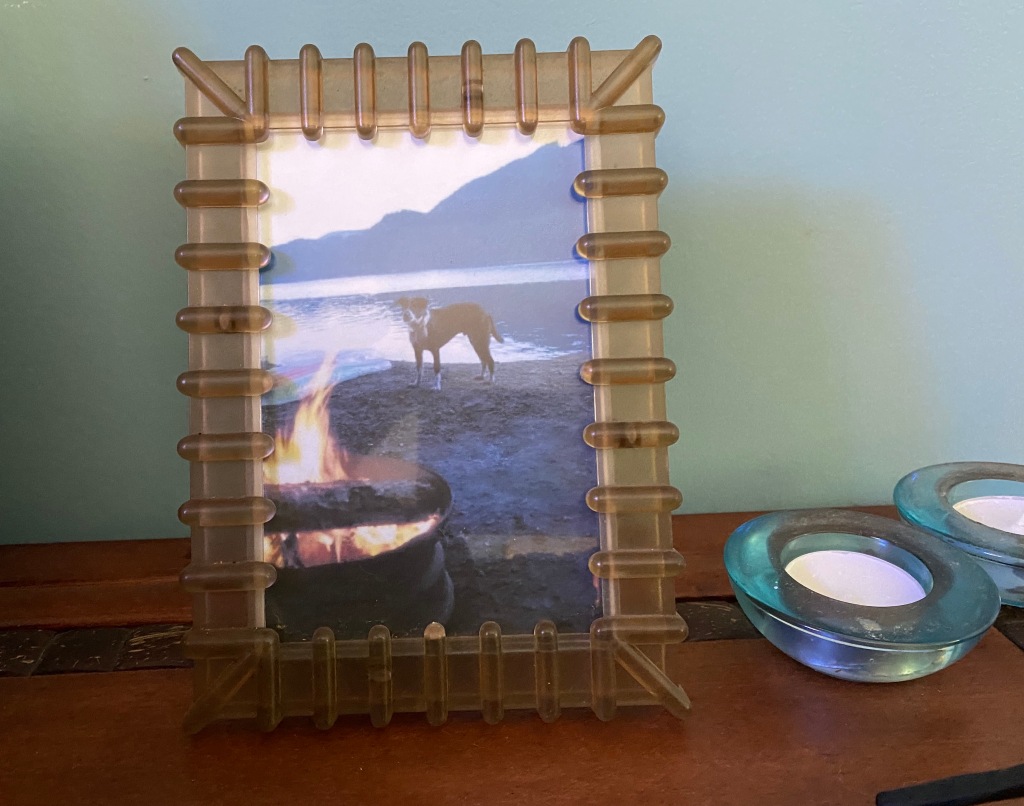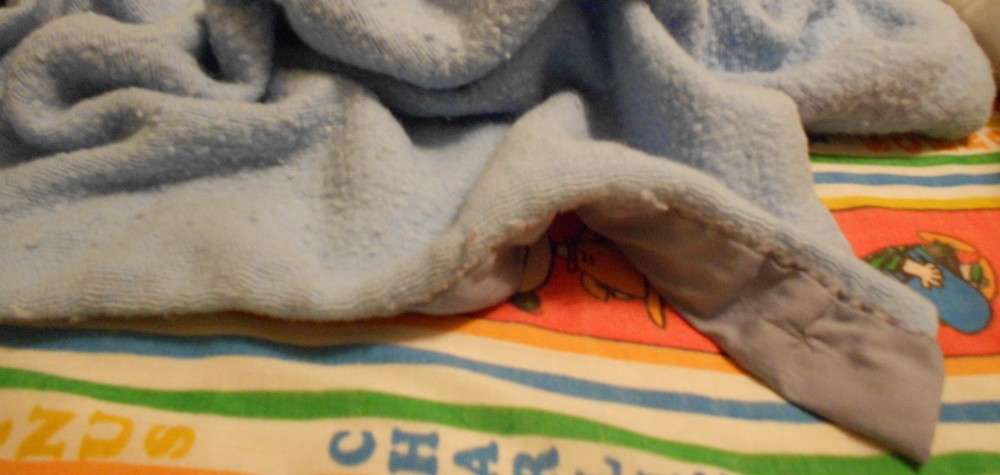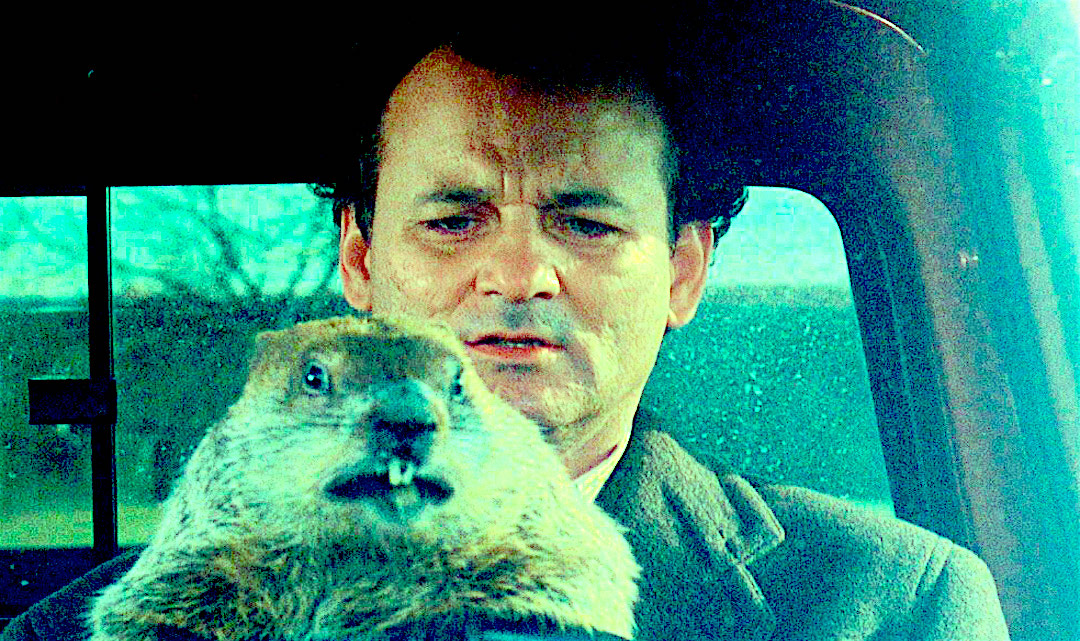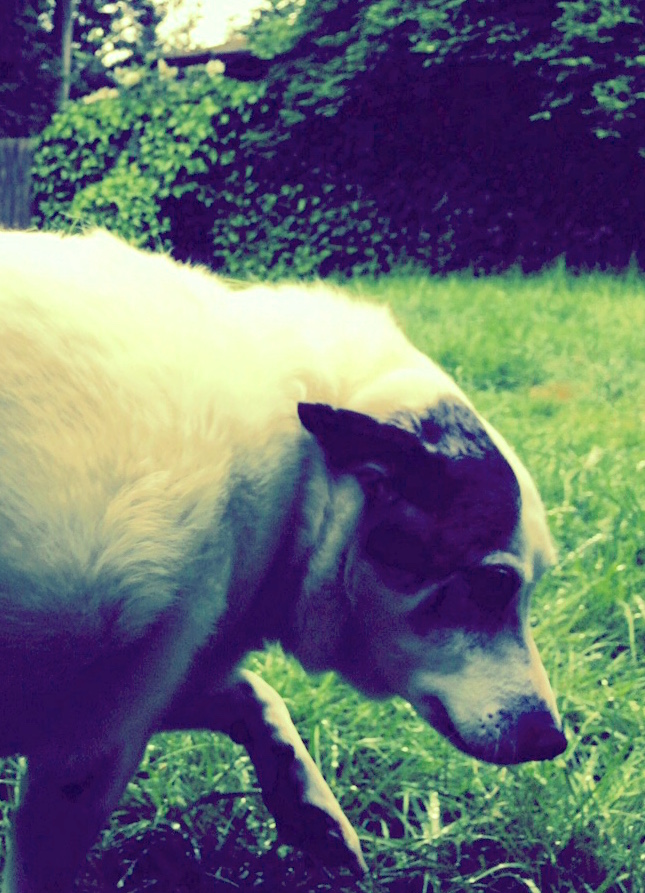by
J.C. Schildbach
It’s the end that’s most difficult, but that’s where I need to start in order to process this all. If you want the more amusing tales, without all that painful ‘closure stuff’, skip ahead to the “***” or just pass this one up.

It was like scheduling a good friend’s execution, all for the crime of growing old and getting sick.
Or at least that’s what it felt like this time.
With Joy (our first dog) it felt a lot more like an assisted suicide, a sacred act of mercy killing. She had been on her way out for a long time and was finally at the point where, even though she seemed pretty damned aware of everything around her, she just wasn’t able to squeeze out any more life. At the end, she just plain couldn’t get up off the kitchen floor and was done trying.
Darby, a.k.a. Ding Dong (owing to Al Yankovich’s “Fat” video running on TV at some point on the day we brought him home – “Yo, Ding Dong, man, Ding Dong, Ding Dong, yo!”), who I had also been referring to as ‘Old Man’ for at least the better part of a year, due to his deteriorating physical and cognitive health, was spiritually (as M pointed out) as accepting as ever of everything happening around him, regardless of his level of awareness at any given moment. It was nearly impossible to tell if anything was ever bothering him if it didn’t result in the kind of immediate, hostile reaction that was mostly reserved for those times anyone dared touch his paws.
When the lymphoma first started it was so pronounced and rapid that we assumed he’d captured another bee in his mouth, or perhaps a spider or some other stinging insect. I’d witnessed him chomping at bees before, and the swelling from his ‘successful’ efforts looked identical. We gave him a small dose of Benadryl and the swelling went down within 24 hours, and, to our eyes, was essentially gone within 36.
And then his face swelled up again a few weeks later. I was a bit surprised that he would have eaten another bee so soon. Usually, a good mouth-stinging kept him from repeating that action until at least the next summer. I tried to remember if he had ever done such a thing twice in such close succession. But, with him seeming more and more distant lately, taken to long spells of standing and staring off into space, it didn’t seem all that odd that he would have taken another shot at tasting a bee. It also occurred to me that I had purchased a new kind of ‘bone-broth-infused’ treat for him around the time of the first facial swelling. And with the rotation of various meat sticks, breath fresheners, rawhide chews, meat-flavored joint medications, and all-natural general-bodily-grossness remedies that he was receiving on the semi-regular, it seemed this new treat might be the culprit.
At any rate, the swelling was gone again within 36 hours, Darby seemed none the worse for wear, and I decided to shelve the suspect treats.
Then it happened again about a month later. Only this time the swelling came up late in the day, and was gone by midday next. In our heightened concern, though, we noticed things we hadn’t paid attention to before. Perhaps they came up fairly suddenly, or perhaps over the course of a longer period, much the same way you don’t notice the slow changes in a friend’s appearance if you see them frequently, but if you’re apart for a long stretch, that same change can seem quite drastic.
Darby’s eyes were more obviously clouded and rimmed with red, inflamed tissue. Although his legs and neck still seemed muscular, his ribs, spine, and hipbones were much more pronounced. And there were new developments: staggering while trying to stand up; clear difficulty navigating rooms, hallways, and stairs; and most alarming of all, the swelling in his face had morphed into two golf-ball sized, hardened nodules in his neck, just below the back of his jaw, only apparent through touch.
With a weak promise to take Darby to the vet on an upcoming day off, and a much stronger sense that any proposed cure would be worse torture than the disease, especially at his advanced age, Darby settled the issue in short order with what I will politely describe as some violent, disturbing, ‘productive’ coughing fits.
So I called the doggie death angels, the poochie euthanizers, the canine Kevorkians.
But seriously, folks, I can’t express how grateful I am for this service that allowed Darby to pass out of this existence lying in the shady grass of our back lawn, rather than in a sterile-but-stinky vet’s office, the smell of animal fear, anxiety, and mistrust (not to mention bodily waste) filling the air.
I wasn’t entirely sure Darby was ready to go if he’d been the one making the decision. Shortly before the doc arrived, Darby decided he’d had enough of being outside and wanted to head back in—not frantically, but patiently standing by the back door, quietly trusting somebody would eventually open it for him, in contrast to his past behavior of barking at progressively shorter intervals until he was let in. Still, it gave the impression of him trying to escape his fate. It didn’t help that, even though he came back out to us on the lawn, he was standing, hoping for more treats from the doc, when he received the shot of sedative prior to the ‘final dose’, then staggered about and dropped, looking for all the world like Brandon Lee/Eric Draven in ‘The Crow’ when he’s lost his powers and taken a bullet – I half-expected him to mutter “Aw f*ck” on the way down. Only we caught him and helped him to the ground, his frailty and near-weightlessness in that moment a sharp contrast to his past strength and solidity.
For several nights after, I woke multiple times with a start, sensing an absence, wishing I had made a point of hugging him one last time, just so I would have that physical feeling to hang on to. Ding Dong wasn’t much for being hugged, but he would tolerate it for a bit before mock-snapping at your face to get away, sort of like a teenage boy, embarrassed by parental displays of affection towards him.
That sense of absence was fraught with feelings of guilt. Did I let go of him too early? Did I act in haste? If I had recognized the swelling for what it was earlier, would I have been able to get him help? Would he have even wanted that? Was this decision one of convenience more than what was best?
Rationally speaking, I know we helped him to avoid extra days, or perhaps weeks, of suffering, even though it was tempting to imagine him lying out in the grass in the sunshine, passing away quietly and content, in spite of how unlikely such an end was. Still, it was the polar opposite of the ‘mistake’ we made with Joy, waiting until the end was entirely inevitable, and then having to wait extra days to get somebody to come out to the house to help with the exit. With the desire to avoid a delay in getting the lethal injection figuring into our calculations with Darby, it was too easy to think we’d panicked, especially since there were multiple appointments available on the chosen day and the day after. I didn’t ask about anything beyond. It’s a maddening equation, trying to figure out just when your friend should die in order to achieve the best possible outcome for all involved.
***
When people asked about Darby’s breed, I always said he was a mutant. In truth he was a pit bull mixed with something – the shelter had somewhat arbitrarily paired his pit bull side with an Australian shepherd, although I didn’t really see the Aussie in him. At any rate, it’s more fun to think of him as a mutant in the X-men sort of way, or perhaps a damaged survivor in a post-apocalyptic hellscape than to imagine him something of a runt who may not have survived if he were born in the wild. His were adaptations, not deformities.
Darby’s right “pinky toe” was set back from his other right forepaw toes, and high enough that it never touched the ground while he was standing. Since he would try to murder anyone who touched his paws, he perpetually had a vicious-looking, hooked claw, perhaps equal to the task, growing from it. I think the kid managed to trim his nails all of once in Darby’s entire lifetime, nearly at the cost of the railing by the stairs that she had attached his leash to in order to keep him from fleeing.
On a trip to the veterinarian, I asked if I could get Darby’s nails trimmed. The vet asked me to have a seat in the waiting room while he took care of it. After a loud volley of barking, combined with some pained groaning from the vet, Darby emerged from the examination room with a big smile on his face, and one brutally short and bleeding nail, the remainder of them still exactly as they had been, the vet refusing to ever attempt that again unless Darby was sedated. In addition to attempting to murder the vet, Darby had emptied his bowels and bladder while standing on the metal exam table.
Darby’s eyelids were ‘inverted’, meaning he had to have surgery to remove a portion of them in order to prevent his eyelashes from perpetually scratching the surface of his eyes, resulting in him having no eyelashes at all. And he had a misaligned jaw, preventing him from having the trademark vicious clamping ability that causes people to so fear pit bull terriers. That misaligned jaw also meant that he was perpetually drooling out of the right side of his mouth, which was somehow funnily endearing when it wasn’t totally gross.
When he first moved in with us, it was that malformed jaw, perhaps in accord with the absence of a vicious killer instinct (nail trimming attempts notwithstanding), that spared a number of my neighbor, Ruth’s chickens. For days after his arrival, Darby, like the velociraptors in Jurassic Park, spent a fair amount of his outdoor time looking for weaknesses in the fence surrounding our backyard. Arguably, the target points weren’t all that hard to spot. The fence was old, decaying, and one of Ruth’s many pine trees had fallen onto our property during a storm less than a year after we moved in. So, in addition to various “naturally occurring” gaps and soft spots, some large portions of the fence had essentially been obliterated and patched up with whatever was handy at the time, from cast-off basement wood paneling, to spare bits of chain-link fence, to various bungee cords, spare 2x4s, rope and felled branches. Darby spent each trip to the backyard exploiting these weaknesses while we attempted to shore them up, one by one, as he found them.
When he did find a flaw big enough to exploit, he was off. Fortunately, there is a reasonably functional gate between our backyard and Ruth’s backyard, or it could have been a disaster making the long trip all the way around multiple houses to reach the front of Ruth’s massive property where we would have otherwise had to enter. Instead, we were able to pull the gate open, being careful not to collapse the surrounding fence, as we set off to retrieve Darby in his pursuit of chickens.
Now, Darby could be exceptionally clever and fast. Between finding the desired gap and making use of it, he was deceptively nonchalant, looking simply like he was choosing an appropriate place to relieve himself, when really he was figuring out just how fluid he had to make himself to get through that gap, and how best to make that happen. One minute he was peeing, the next minute he was bolting. And he caught Ruth’s chickens more than once, tearing around her yard, as the chickens squawked and fled, Darby constantly changing his targeting, until, like the problem areas of the fence, he found a vulnerable hen.
On those occasions when he managed to secure a barnyard fowl in his jaw, it was never all that secure. He would snag it, run a few more paces, toss it aside, then come back to me, smiling and wagging his tail and tongue, satisfied that he had proven his usefulness, one of Ruth’s poor girls left stunned and shaken (but not shaken too hard), hopefully happy to go on living another day.
Darby soon tired of busting out of the backyard and running down chickens he had no intention of actually capturing, and settled in with everyday life. While he seemed like a big goof, he frequently ran schemes like pretending to want the affection of one of the humans in the house, all in a bid to get his big sister, Joy, to vacate a choice spot and come over to try and displace him in his bid for attention. Once Joy had diverted all the scritches and rubs, Darby would trot off and install himself in the pre-warmed chair Joy had just left.
I’ll admit I never realized just how helpful Darby was around the house until a few days after he was gone. He was the first line of defense against dropped food…food of any kind on any floor or dog-friendly furniture. We had become incredible slobs, taking essentially no notice of any food we let go or spilled, knowing Ding Dong would come along and, aside from a small number of items he was not particularly fond of, horf it up. Within a week after his death, M was finally considering hiring (as I had been suggesting for years) someone to clean our house at least once every couple weeks or so.
If you read the first section of this post, you might wonder at my casual attitude toward Darby’s swollen face in his final days and his propensity to eat odd things. We have a fantastic, framed picture our friend Lisa took of Darby on a multi-family vacation years ago, as he watched sparks pop off of logs in a campfire, trying to catch them in his mouth. In the photo, he stares intently at the fire pit, waiting with heightened focus for another cluster of orange cinders to blast off in all directions. If you didn’t know what was actually happening in the photo, you might mistake Darby for trying to unlock the secret of fire, as opposed to waiting for a mildly painful, probably wholly unsatisfying snack.

Darby may also have been some barometer of the supernatural, or perhaps just the dog equivalent of a human with long-term, low-level psychosis. He frequently stood at various random locations around the house barking. Sometimes this was readily attributable to light reflections on the walls or ceilings that he was clearly tracking, but other times it made much less discernible sense. Often, it involved him refusing to enter rooms or move from one space to another, occasionally while growling and/or taking a ‘fight or flight’ posture.
I’m not a big believer in the supernatural, but g*ddamn if Ding Dong didn’t actually freak me out sometimes with his insistence that something was wrong. And g*ddamn if I’m not at least marginally sure a lot of that behavior of his didn’t stop around the same time I ‘felt’ the original (and only previous) owner of our home “move on” many years after we all moved in. But I’ll just plop that in the ‘Cosmic Web of Coincidence’ file for now rather than trying to parse out just what I mean by all that. I will say, though, that Darby demonstrated a decided return to this behavior, minus the fearful parts, over his last few months.
I could go on with stories about Darby’s various charms and peccadilloes, although I think I’ve covered most of the ‘bigger’ ones. Darby was never a particularly difficult, destructive, or demanding dog, beyond his toenail issues and a propensity to enjoy being loud when he was having fun.
But for the most part, he was just a relaxed, grounding presence in our lives, sort of a Zen pit bull (mix). So now, at the end, I’ll say about Darby what I hope can be said about me when I’m being memorialized, which, with any luck, will be very far in the future: he was a good dude – a little weird – but a good dude.

So long, Ding Dong.




